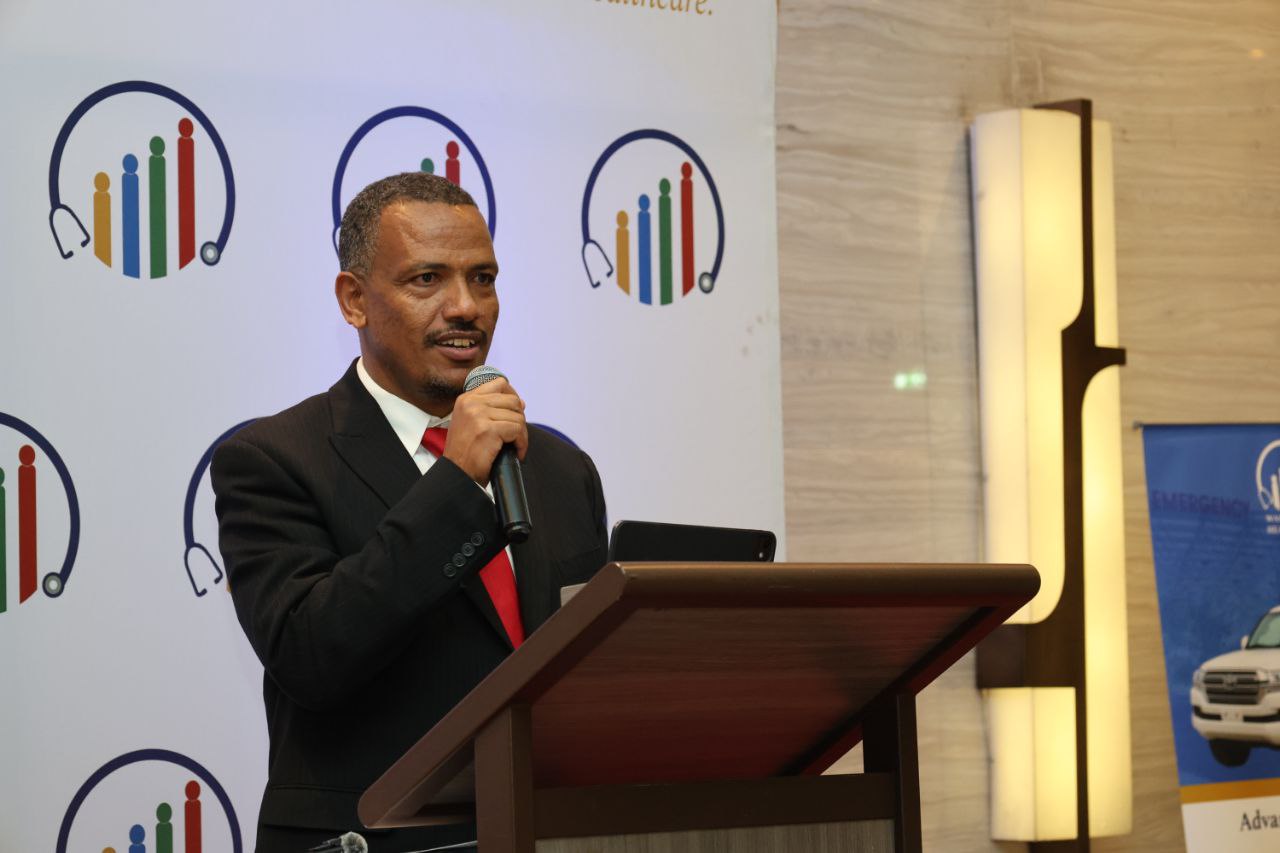
Fortune News | Sep 13,2025
A calm Monday morning on October 7, 2024, took a turn for residents of southern Afar Regional State. An earthquake that rattled the campus caused widespread chaos and fear for students at Sabure Primary & Secondary School.
With minimal understanding of earthquakes, children panicked as quakes disrupted the day. Fekadu Bezahabteyes, the school’s director, said the experience was terrifying, especially for younger ones unacquainted with seismic events leading to a sharp drop in attendance—from 1,100 students down to 680.
“The rest are nowhere to be found,” he told Fortune. “Some have relocated while others keep children home out of fear.”
According to Fekadu, 24 school blocks were rendered unusable forcing classes outdoors.
“It was a massive chaos,” Fekadu said.
The incident marks only one in a series of shocks that have rocked southern Afar since late September. Awash Fentale District has been the epicentre of at least nine quakes with magnitudes reaching as high as 4.9 on the Richter scale. Developed in 1935, the scale gauges earthquake magnitude, with each increment representing a tenfold increase in ground movement and about 31.6 times more energy released. The most recent, measuring 4.6 occurred on Friday night, lasting 29 seconds.
Ethiopia is not typically associated with major seismic activity, although its location within the East African Rift System places it in a zone of geological tension. This vast rift valley, a product of tectonic plate movement, traverses the country, making it susceptible to earthquakes, albeit less frequent and intense compared to other regions.
The quakes caused cracks up to eight meters deep and 1.5m wide. Semera University, located in the regional state, has formed a team to study the geological incidents. According to Getachew Gebretsadekan, head of the geology department and one of the members, there is another concern. The team fears of potential threat to Kesem Dam which is nearby, with half a billion cubic litres of water.
There are 11 weredas around five kilometres from the dam. Built in 2008, the dam was intended to irrigate 20,000hct of sugarcane cultivation for the Kesem Sugar Factory.
Experts acknowledge the risks posed by earthquakes to dams, even those built with advanced construction techniques. One of the designers of the dam Mesele Haile (PhD) is an earthquake engineering expert. He said the dam is currently in a good state as it was designed keeping such disasters in mind.
“But it doesn’t mean that it won’t be impacted,” he told Fortune.
Others urge regular dam inspections to identify and repair cracks.
Asrat Worku (Prof), a geotechnical engineering expert, stressed the importance of designing dams to withstand the highest recorded earthquake magnitudes in a region. He said the activity of previous earthquakes, their intervals, and Richter scales must be considered when designing dams in seismic zones.
According to Asrat, draining the dam through emergency outlets may be necessary in severe cases to protect downstream communities.
“Understanding an area’s seismic history is critical in designing resilient structures,” he said. “The consequence can be devastating.”
The earthquakes have brought another phenomenon—a bubbling, muddy spring. According to Sultan Kamil, head of Segento district in Zone Three, the spring has grown in volume and pressure, expanding its reach. Sultan said the unsettling sounds coming from the spring are frightening residents.
Although the area is scarce of water, Sultan observes the spring is not suitable for consumption.
“It’s the creator’s rage,” he said.
Sultan expressed concerns that sufficient care was not provided to those who fled their homes out of fear. He noted that a lack of infrastructure has hindered the community’s ability to establish temporary shelters.
Afar, with an estimated population of over two million, faces a potential crisis in the event of a major earthquake with eight operational hospitals and few emergency medical technicians.
Over 830 people were relocated from four villages by the Afar Regional State Disaster & Risk Management Commission since the incident. Mahi Ali, a pre-warning & response manager, said that they are trying to provide food assistance to affected populations.
While three houses, a school, and a mosque suffered damage, no human injuries have been reported, according to Mahi.
"Hospitals must prepare," said Wongel Tena (MD), an assistant professor at Jimma University. She draws on her experiences at the Mohammed Akele Memorial Hospital near Awash Arba, which has dealt with mass casualties from conflicts and floods. She recommends that healthcare institution managers act quickly and deploy resources in such events to save as many lives as possible.
According to Natnael Agegnehu, head of the Geodesy & Geodynamics Department at the Ethiopian Space Science & Technology Institution, the recent earthquakes in Afar caused minimal damage due to their light magnitude, short durations, and the sparse population around the epicentre.
Considering the location, he notes that awareness programs about earthquake safety precautions have been lacking, with Semera University serving as the primary source of information.
He said that the vibrations felt in Addis Abeba were attributed to the shallow depth of 10Km.
“Shallow earthquakes can be quite destructive, even at lower magnitudes,” he told Fortune.
To improve data collection and hazard prediction, Natnael disclosed plans to build a Geohazard Monitoring Centre around the Entoto area.
Seismic hazard analysis provides a quantitative assessment of the ground-shaking risks specific to a site, guiding builders on ground motion parameters and potential damage.
Currently, Ethiopia relies on a single seismography instrument located at Addis Abeba University and international organisations for seismic data. According to Atalay Ayele (Prof) from the University’s Institute of Geophysics, Space Sciences, & Astronomy, up to 5.3 magnitudes have been recorded since September.
Globally, millions of quakes occur annually, averaging around 8,000 per day, though most go unnoticed. Earthquakes between 4.0 and 4.9 magnitudes are considered light; those between 5.0 and 5.9 are moderate and can damage weaker structures. The deadliest on record, in China’s Shaanxi province in 1556, claimed 830,000 lives, while a magnitude 7.8 earthquake in Turkey and Syria in February 2023 killed over 55,000 people.
Since 1894, Ethiopia has experienced 40 quakes exceeding six on the Richter scale, averaging one every eight years. The most damaging, in 1969, struck Afar with magnitudes of 6.2 and 6.1, killing 40 people and causing 320,000 dollars in damages. Nine years prior, a 6.8 magnitude earthquake occurred around the Langano area in Oromia Regional State.
The recent vibrations of most of the earthquakes from Afar were felt across Awash Arba, Adama (Nazreth) and Addis Abeba. Residents of multi-story condominiums in the capital fled their homes in panic the first time, with some spending the night outside. The varying construction standards in the city raise concerns about the ability of some buildings to withstand stronger tremors.
Amid mounting concerns, the Ethiopian Construction Authority enacted the Ethiopian Building Code & Standards in 2022, influenced by European seismic guidelines. Before 1995, Ethiopian building codes did not account for the region's seismic risks. Now, stricter performance standards, including a “no-collapse” requirement, aim to mitigate earthquake damage.
Last week, construction experts gathered around Qaliti area under the auspices of the Ethiopian Association of Civil Engineers, to discuss such issues. Experts like Mesele Haile stress the need for rigorous compliance to close current gaps in building regulations.
According to Melese, seismic activity releases stored energy that, if unchecked, can exploit structural weaknesses, making certain parts of buildings more vulnerable. He said weak points usually result from factors such as excessive height, open walls, and inadequate materials.
“Using proportioned materials in construction is essential,” he said.
Mesele urges taking immediate cover under sturdy furniture to avoid falling objects and staying clear of windows, light fixtures, and hanging decor, in case of a destructive quake. For those in high-rise buildings, he recommends using stairs to evacuate after the shaking subsides, ensuring to turn off the power to prevent further risks.
PUBLISHED ON
Nov 03,2024 [ VOL
25 , NO
1279]

Fortune News | Sep 13,2025

Radar | Jun 29,2025
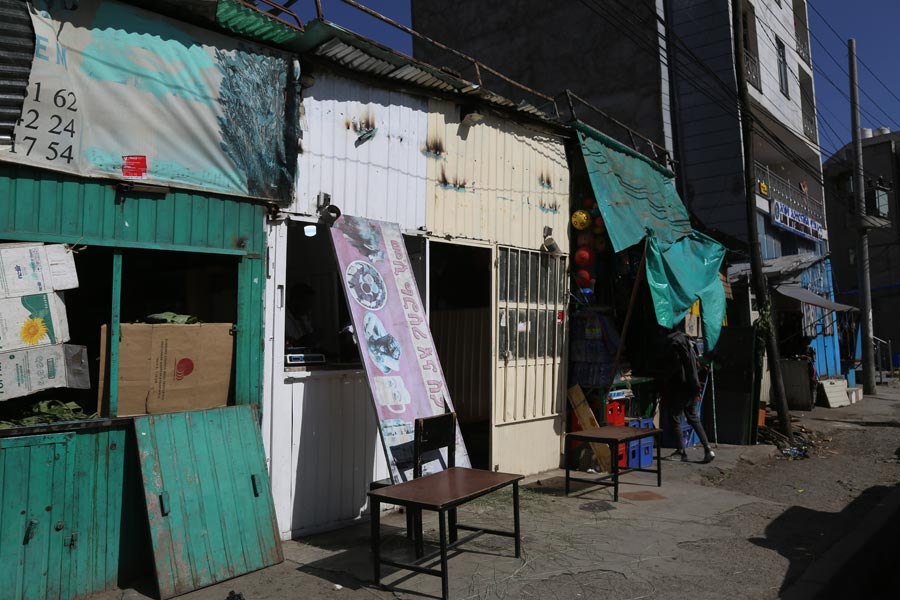
Agenda | Nov 25,2023
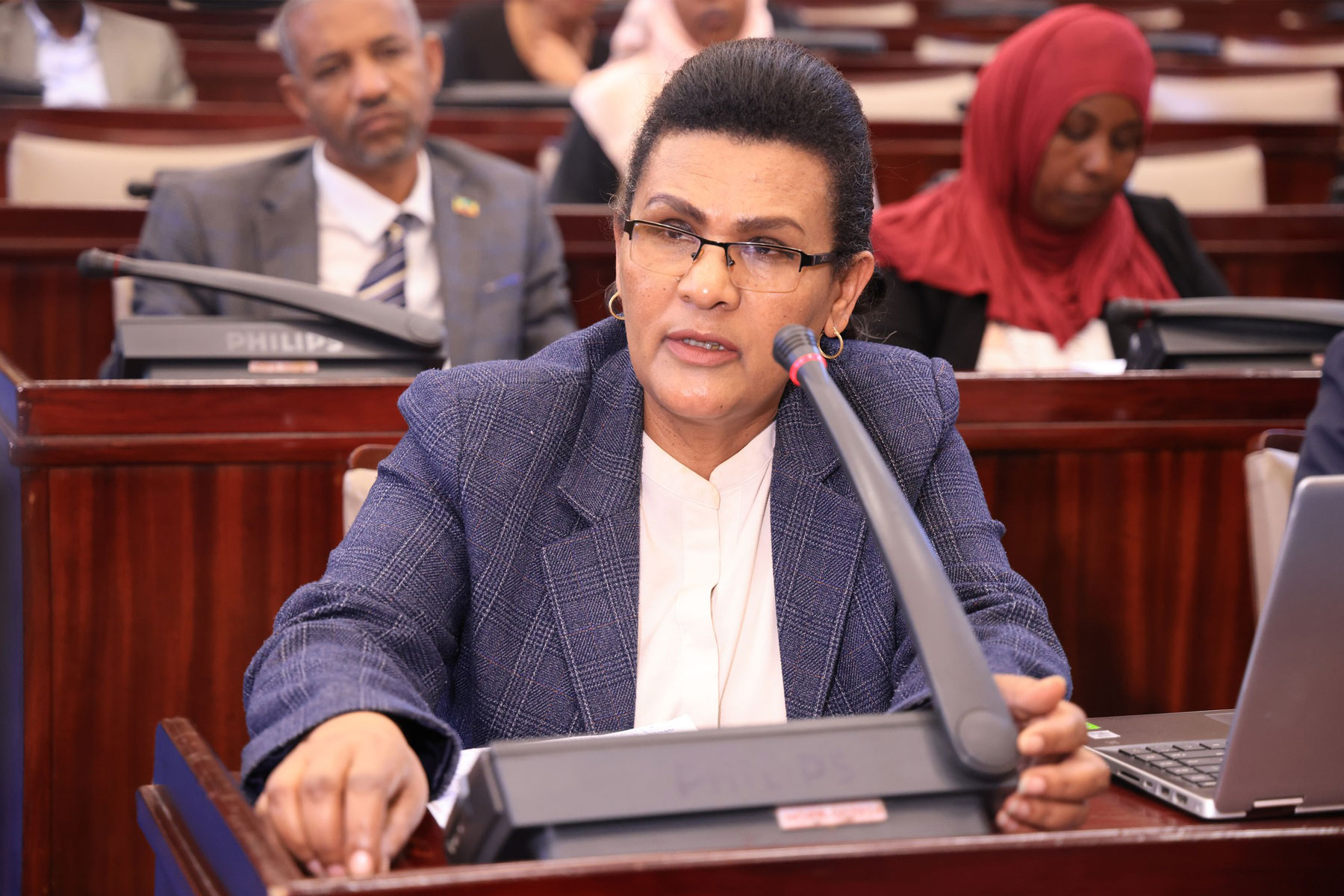
Fortune News | Apr 28,2024

Life Matters | Jun 28,2025

My Opinion | Apr 09,2023
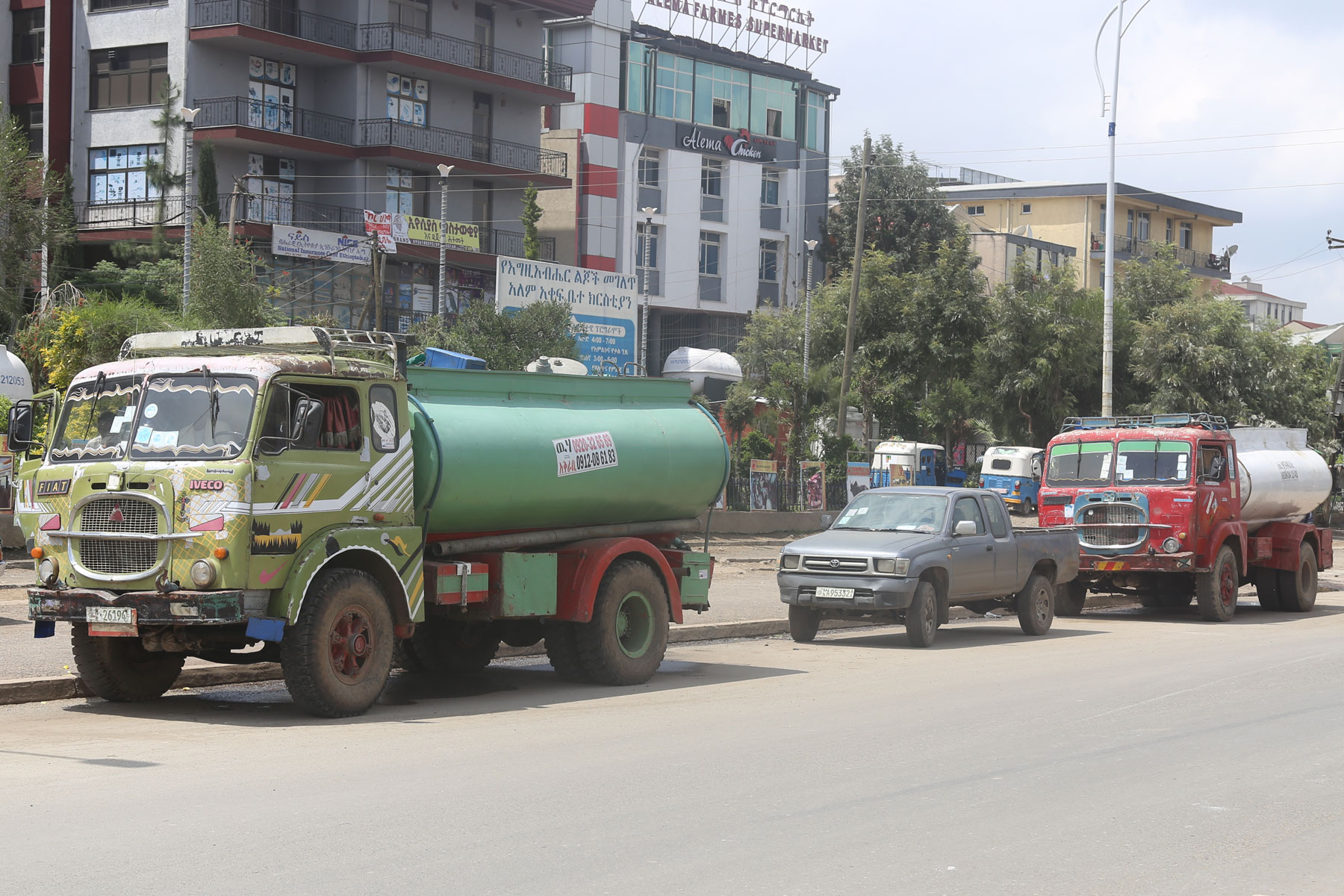
Fortune News | Apr 28,2024
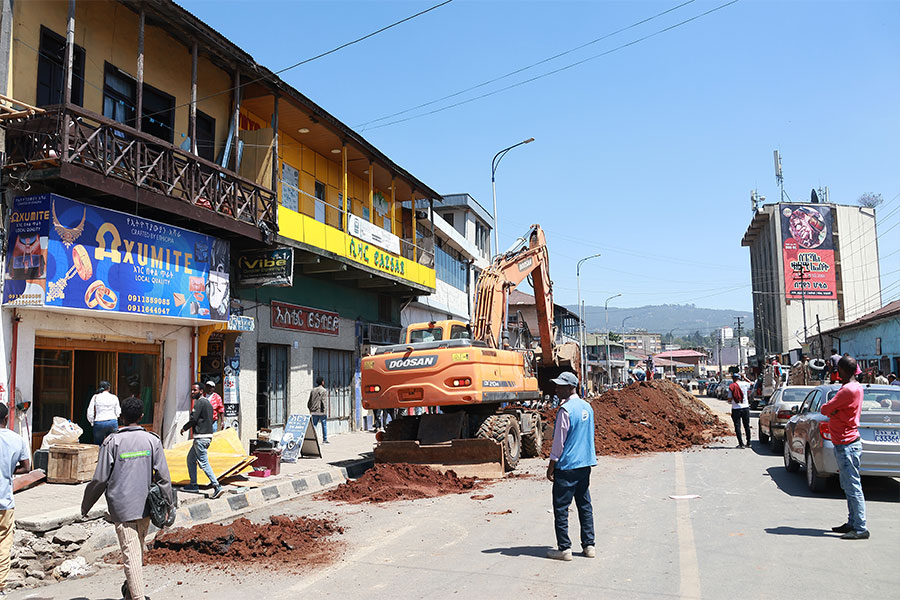
In-Picture | Mar 16,2024

Fortune News | Oct 13, 2024

Fortune News | Dec 02,2023

Dec 22 , 2024 . By TIZITA SHEWAFERAW
Charged with transforming colossal state-owned enterprises into modern and competitiv...

Aug 18 , 2024 . By AKSAH ITALO
Although predictable Yonas Zerihun's job in the ride-hailing service is not immune to...

Jul 28 , 2024 . By TIZITA SHEWAFERAW
Unhabitual, perhaps too many, Samuel Gebreyohannes, 38, used to occasionally enjoy a couple of beers at breakfast. However, he recently swit...

Jul 13 , 2024 . By AKSAH ITALO
Investors who rely on tractors, trucks, and field vehicles for commuting, transporting commodities, and f...

Nov 1 , 2025
The National Bank of Ethiopia (NBE) issued a statement two weeks ago that appeared to...

Oct 25 , 2025
The regulatory machinery is on overdrive. In only two years, no fewer than 35 new pro...

Oct 18 , 2025
The political establishment, notably the ruling party and its top brass, has become p...

Oct 11 , 2025
Ladislas Farago, a roving Associated Press (AP) correspondent, arrived in Ethiopia in...